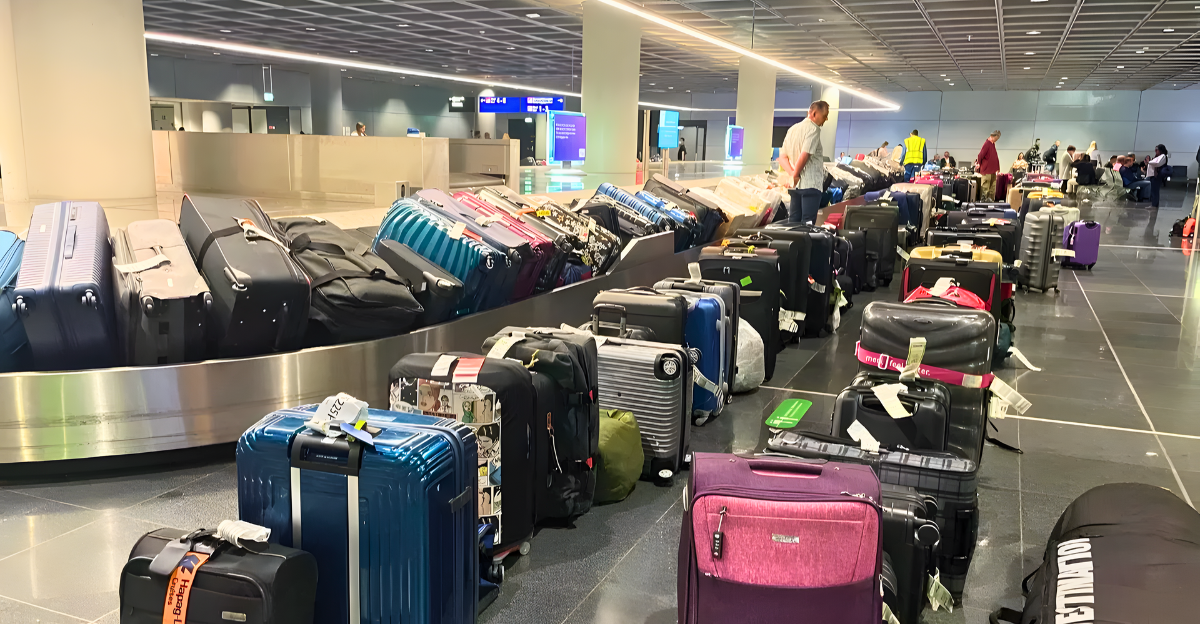
Everyone imagines trade wars as fights between governments and steel or soybean tariffs. But thousands of miles from Capitol Hill, another party is in the crosshairs—American airports.
From coast to coast in America, numerous major aviation hubs are experiencing apocalyptic drops in traffic, cargo, and revenue. If the trends hold, some will lose their international reputation or disappear from the map forever.
A Crisis Without Headlines
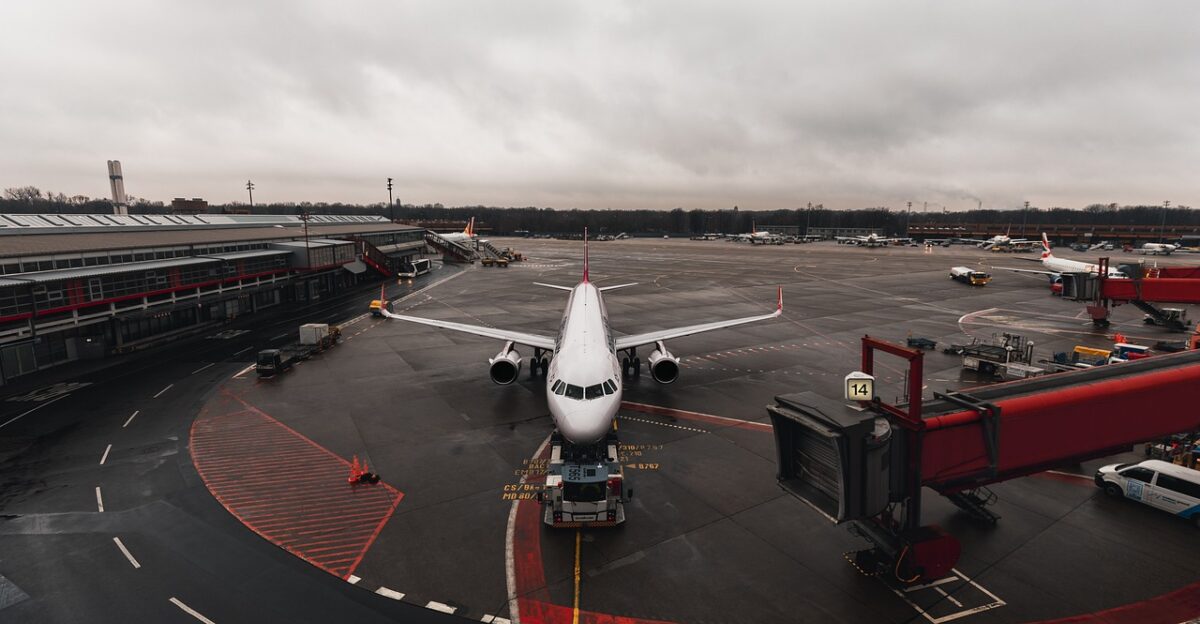
As factory shutdowns and technology shortages grab headlines, a less-reported-on implosion is transpiring on the tarmacs.
Trade wars have triggered a ripple effect—cutting back imports, deterring overseas travelers, and prompting airlines to scale back. But few outside airline circles are discussing the airports most likely to become today’s ghost towns.
The Tariff Time Bomb
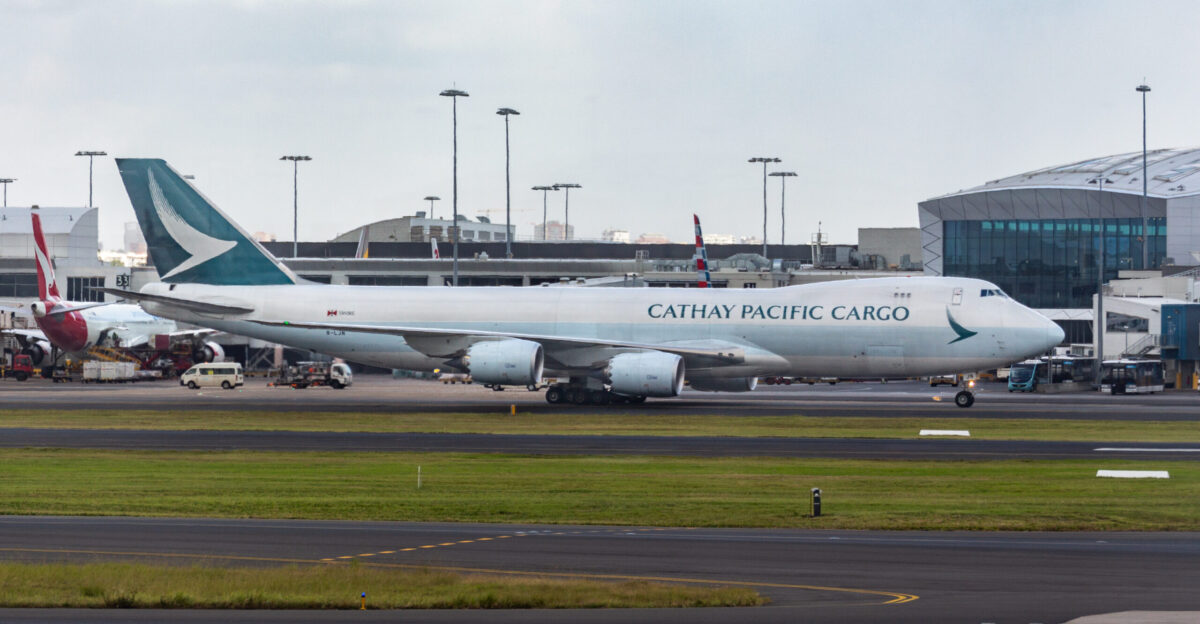
The higher the tariffs, the lower the freight. And this keeps profits from going down. Airports whose fates are most deeply intertwined with trade routes—namely those connected to China, Europe, and Latin America—are facing steep drops.
But the issue runs deeper. These airports are losing foreign tourists, business travelers, and significant airline alliances too. And all at once.
1. Hartsfield-Jackson Atlanta: The 84% Collapse
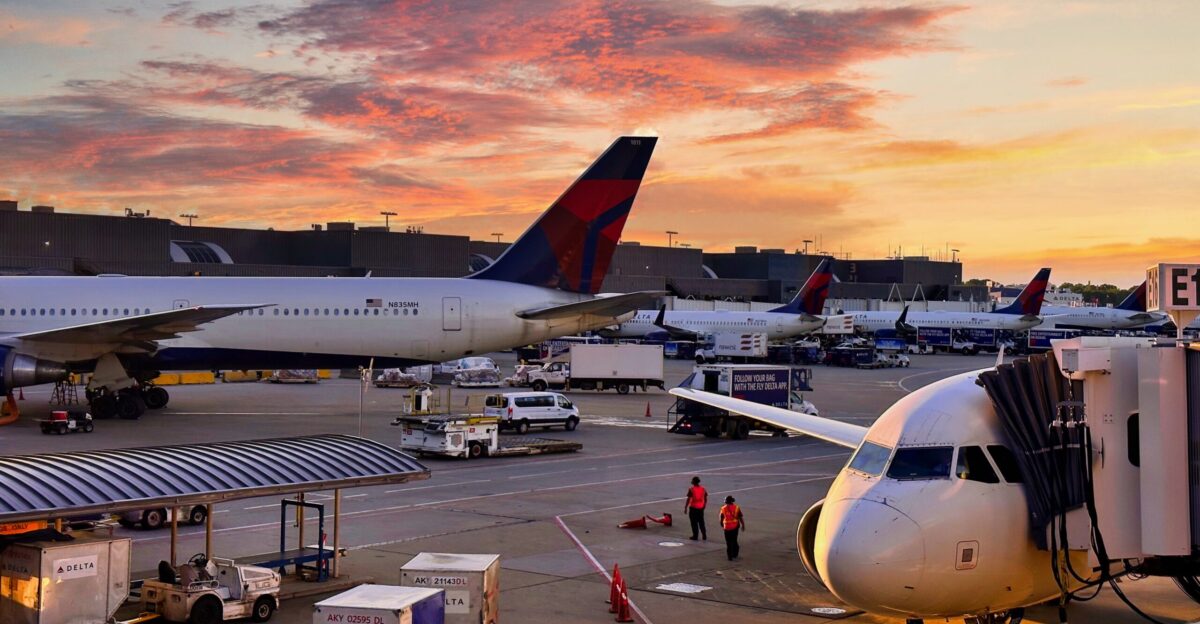
Atlanta is not only busy—it’s the world’s busiest airport. But even giants are prone to fall. As the trade war picked up, Atlanta lost 84.35% of its imports, the biggest drop at any American airport.
What was once the crown jewel of U.S. aviation, ATL is now racing to plug a hole that continues to widen.
2. Chicago O’Hare: Bleeding Business
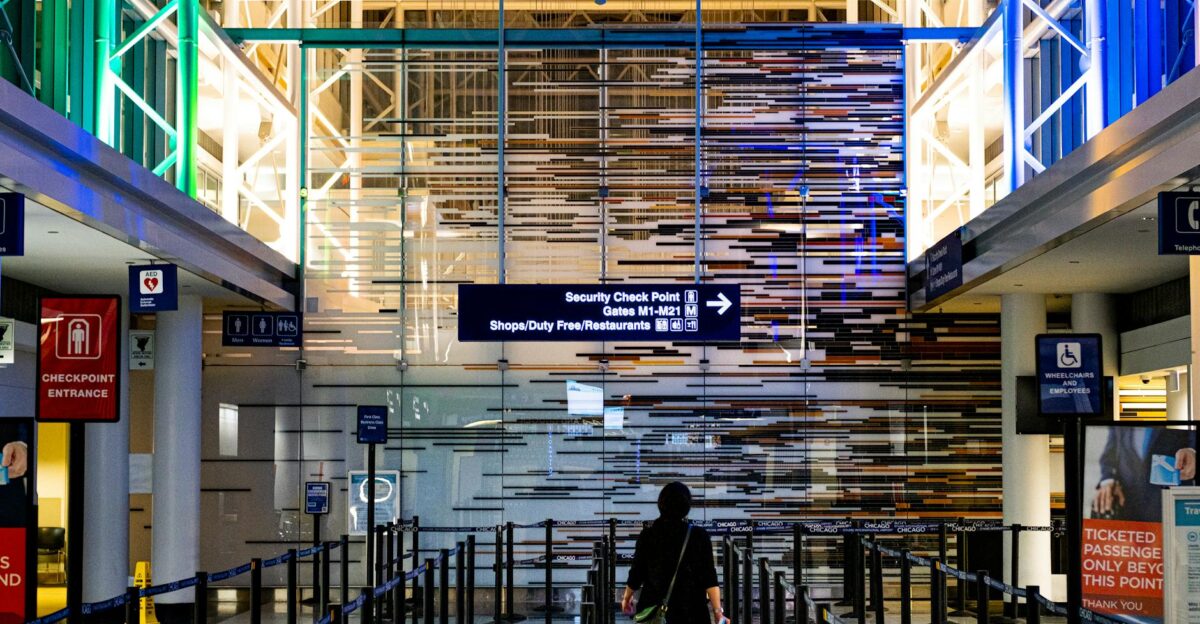
O’Hare was the linchpin of America’s supply chain for years, particularly for Chinese imports. But new data reveal a near-17% decline in Chinese imports.
As routes evaporate and foreign traffic withers, the airport’s status as a Midwestern giant hangs in the balance—and the economic punch is only just beginning.
3. LAX: The Glitter is Fading
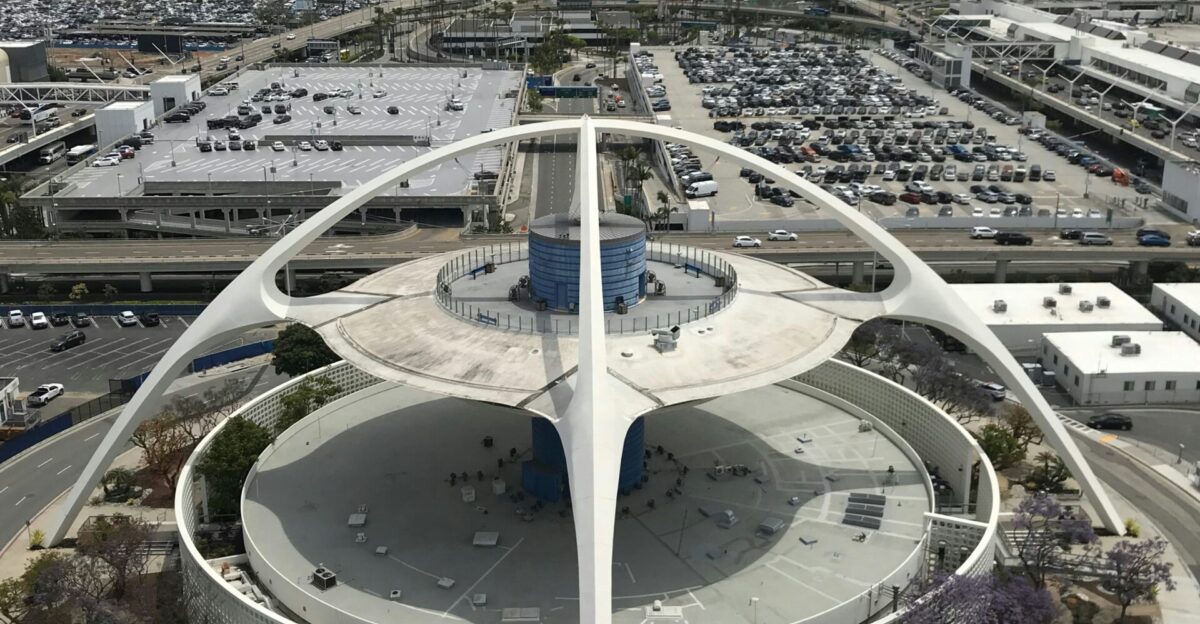
Los Angeles International was the Pacific Rim’s jewel, a hubbub entrance to Asia and Europe. But now, flights are disappearing, cargo is dwindling, airlines are canceling routes, and tourists are avoiding it.
LAX remains radiant, but cracks are beginning to appear. Its status as a world-class international hub is no longer stable.
4. Dallas/Fort Worth: From Boom to Breakdown
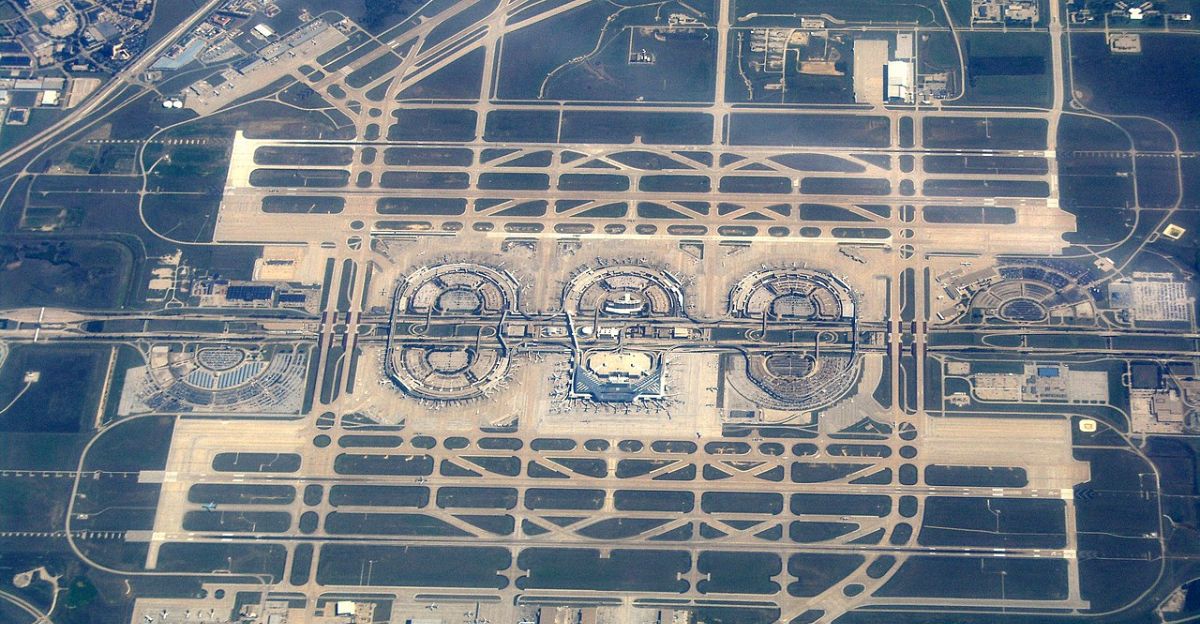
DFW used to survive on foreign trade, with robust ties to Asia and Latin America. But ever since tariffs set in, the airport’s lifeblood—cargo and long-haul passengers—has dried up to the point of extinction.
Airlines are reducing frequencies, and business travelers are disappearing. For an airport constructed on international reach, the walls are closing.
5. Miami International: A Southern Gateway in Peril
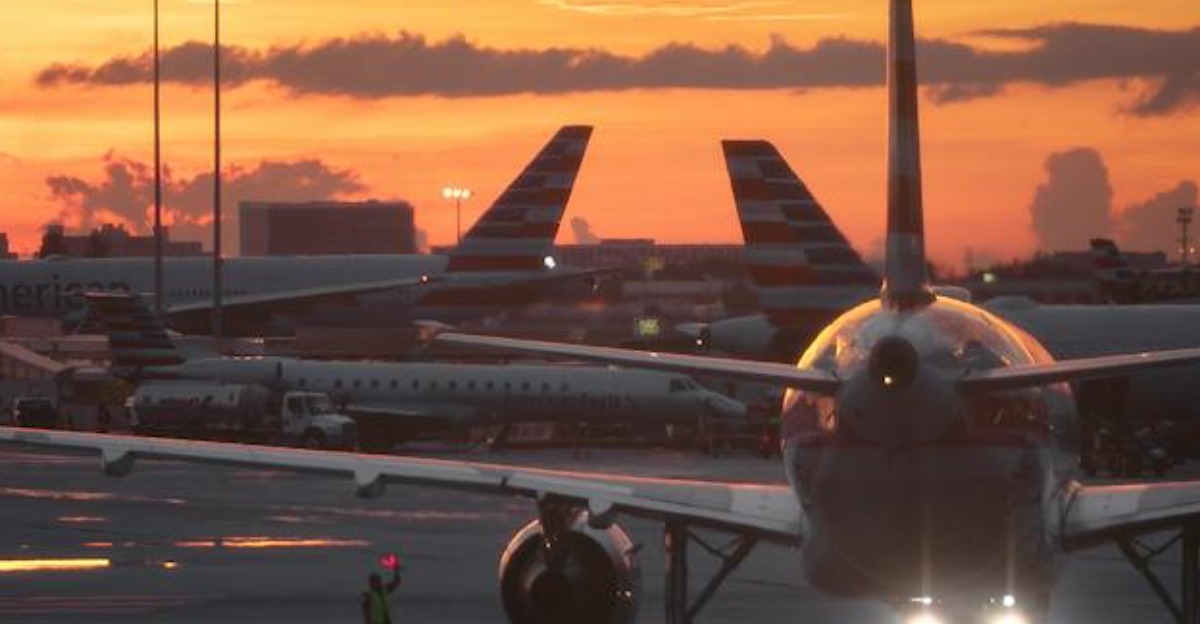
Known as the key U.S. link to Latin America, Miami International has always punched above its weight. But now, with global trade shrinking and routes being cut, MIA is facing its biggest test in decades.
Passenger numbers are down. Cargo is slipping. And Miami’s airport is beginning to look more vulnerable than ever.
6. San Francisco Intl: Silicon Valley’s Airlock Slams Shut
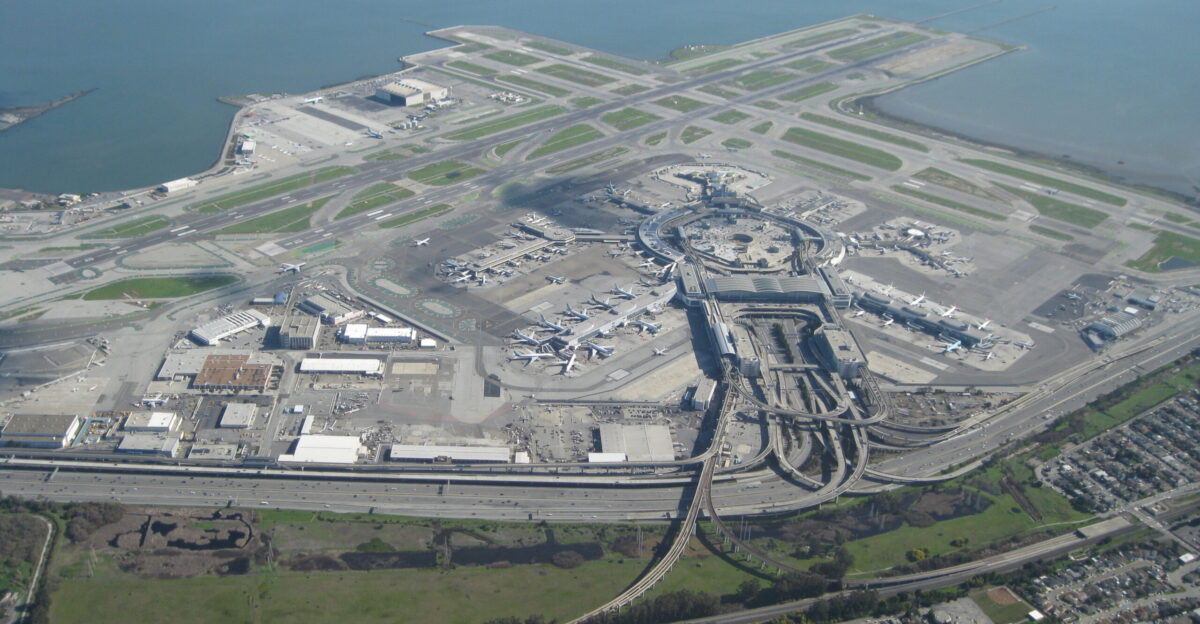
San Francisco’s airport lives and dies on tech, trade, and tourists. With tariffs driving up the price of electronics and international carriers cutting back on service, SFO is poised to lose its status as a Pacific launchpad.
Some have already departed. If this trend continues, San Francisco will be a smaller tech player and a warning story.
7. Seattle-Tacoma: Too Asia-Heavy, Too Exposed
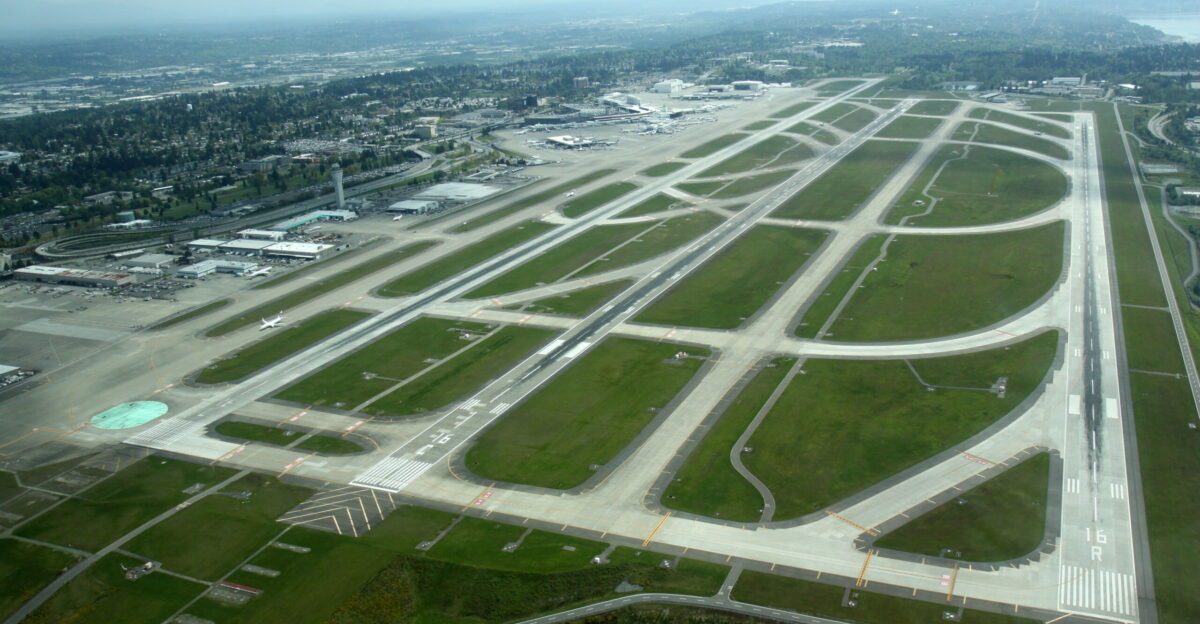
Seattle-Tacoma International is greatly dependent on Asia-Pacific traffic. And that’s becoming a dounle-edged blade. The airport itself has experienced a precipitous decline in cargo and passengers.
With trade tensions at or near record heights and recovery at best tentative, SEA is now struggling to stay relevant in a shrinking world network.
8. Newark Liberty: East Coast in Freefall
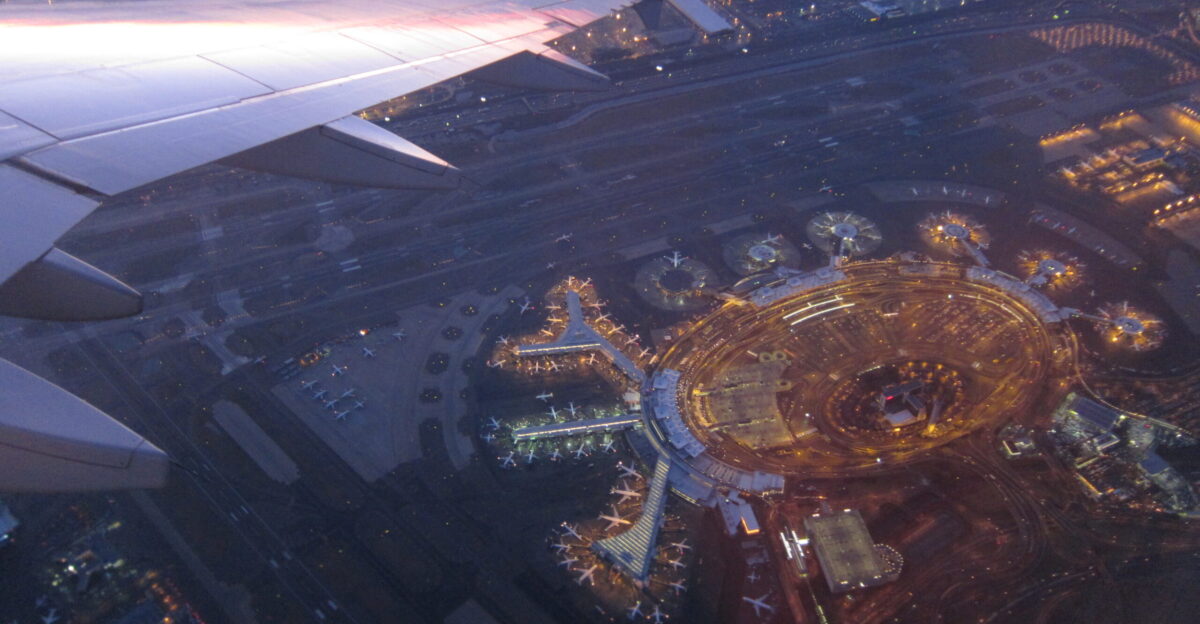
Newark Liberty once served as a portal to the world economy—but not anymore. It’s the largest East Coast airport to report more than a billion dollars in Chinese import losses alone.
The precipitous drop is strangling cargo business and defrauding foreign traffic. Newark teeters on unstable ground as one of the area’s most trade-exposed airports.
9. Houston Intercontinental: Oil, Energy—and Trouble
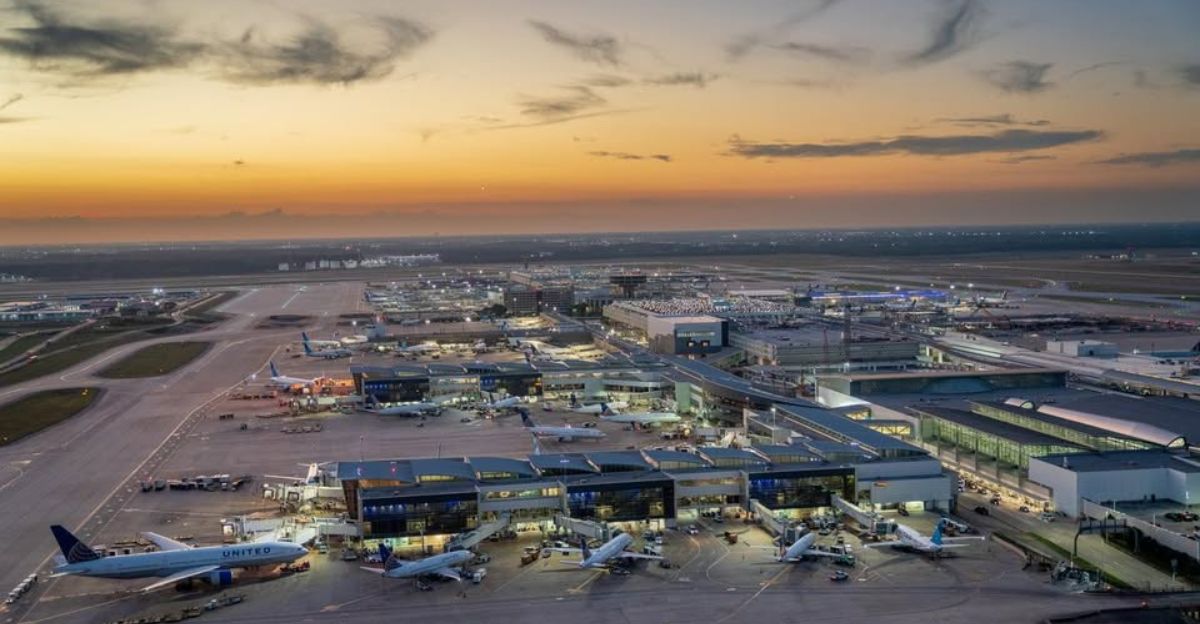
Houston’s George Bush Intercontinental Airport has long luxuriated in the wealth of international energy markets. But with oil prices volatile, trade declining, and fewer foreign tourists, Houston’s airport is suffering.
Business travel is decelerating, and cargo is vanishing. Its position as a commerce crossroads is suddenly in question.
Industry Red Alert: Why This Is Bigger Than Nine Airports
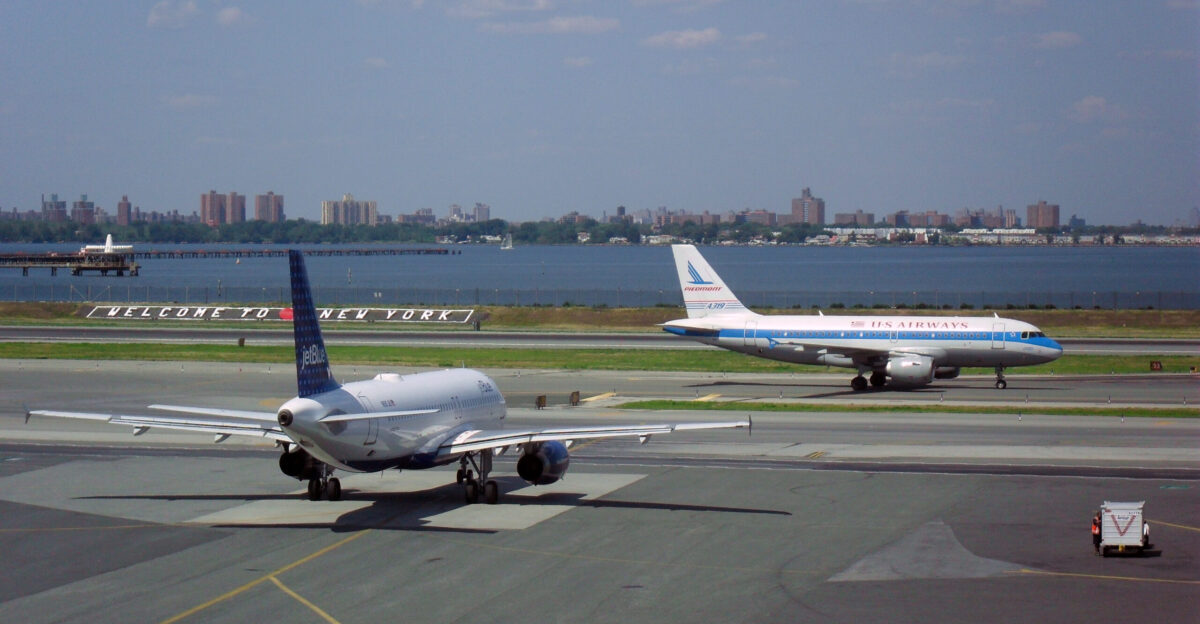
Moody’s has devalued the whole US airport industry. International travel is 13% worse year over year, and summer bookings out of Europe are off 25%.
Construction expenses are through the roof due to tariffs on tech and steel. Even airports outside this list are feeling the pinch. What’s going on isn’t idiosyncratic—it’s systematic.
Aviation Crossroads: Recover or Disappear
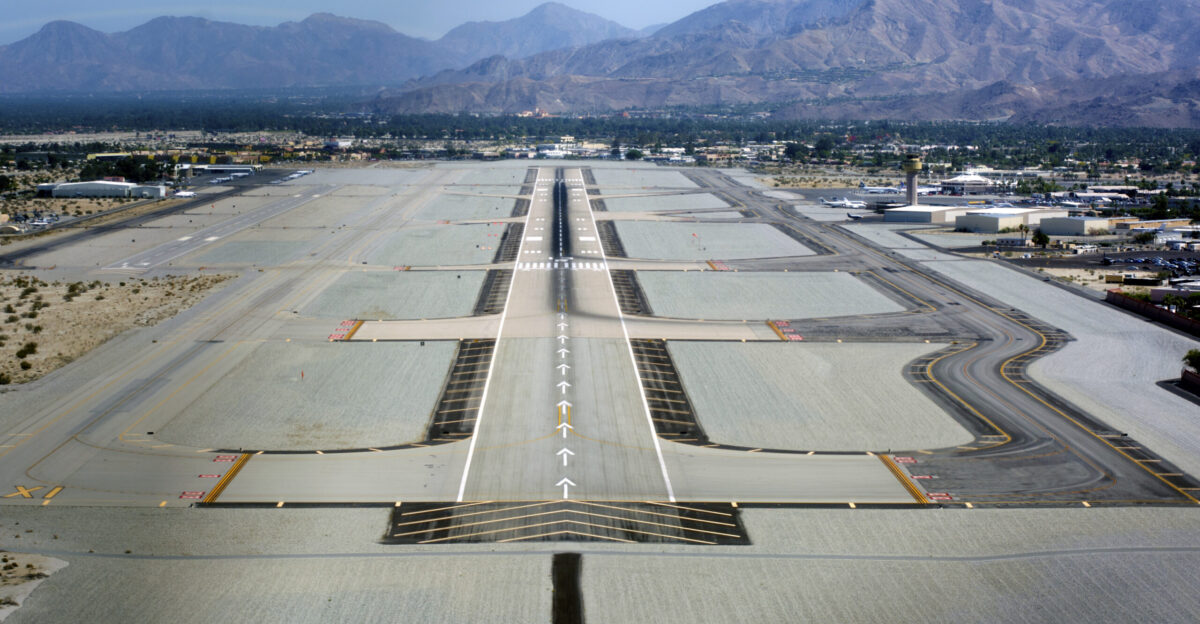
These nine airports are not just runways—they’re economic lifelines to whole regions. If traffic doesn’t come back, airlines don’t reinvest, and trade corridors don’t reopen, their global gateway status may be lost forever.
The consequence isn’t airport closures—it’s jobs lost, tourism destroyed, and closed industries. The more time goes by, the less inviting the skies become.